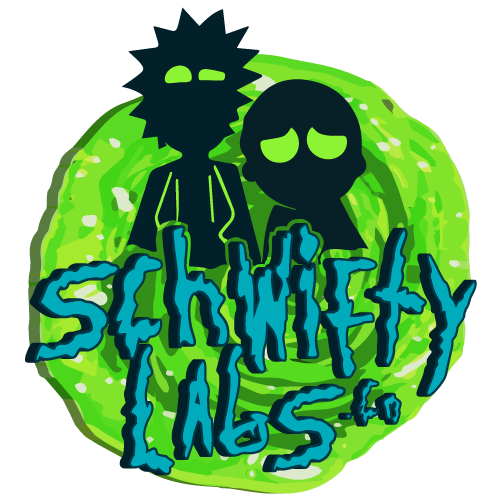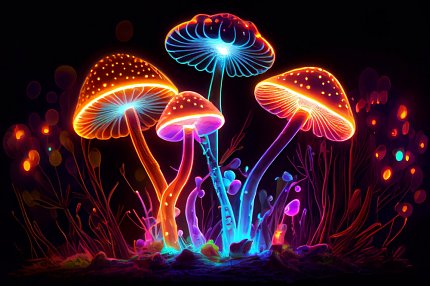CBD, LSD, Magic Mushrooms
The Brain on LSD Edibles: What Neuroscience Says About Altered States
Psychedelics have fascinated humanity for centuries, but modern neuroscience is finally starting to explain what happens in the brain during these mind-bending experiences. One area drawing increasing curiosity is the rise of LSD edibles — infused gummies, chocolates, or other treats designed to deliver LSD in a way that feels familiar to fans of cannabis THC edibles. But what exactly happens in your brain when you consume LSD this way? And how do LSD edibles compare to other psychoactive edibles like shroom edibles or even the rumored MDMA edibles?
Let’s explore how these powerful substances alter brain chemistry and perception — and why they’re at the forefront of today’s psychedelic renaissance.
How LSD Works in the Brain
First, it’s important to understand LSD’s core mechanism. LSD (lysergic acid diethylamide) is a classic psychedelic that primarily targets the brain’s serotonin receptors, especially the 5-HT2A receptor. This receptor plays a major role in mood, perception, and cognition. When LSD binds to it, it triggers a cascade of effects that produce the vivid visuals, altered sense of time, and deep introspection that define a psychedelic trip.
When you take LSD as an edible — say, in a gummy or chocolate — the active compound is absorbed through the digestive system rather than under the tongue (as with traditional blotter tabs). This slightly changes how quickly and intensely the effects come on. Many users describe LSD edibles as having a slower onset but a smoother, longer-lasting trip compared to blotter LSD.
LSD Edibles vs. THC Edibles
It’s easy to compare LSD edibles to THC edibles, since both are consumed in similar ways. But the similarities end there when it comes to brain chemistry.
THC (tetrahydrocannabinol) is the main psychoactive compound in cannabis. It binds to cannabinoid receptors in the brain (mainly CB1), which influences dopamine release, mood, and perception. The high from THC edibles is often described as a body-heavy, relaxing buzz that can also create mild euphoria and altered thinking.
LSD edibles, in contrast, don’t target cannabinoid receptors at all. Instead, they dramatically alter serotonin pathways and indirectly affect dopamine and glutamate systems. The result is a far more intense distortion of reality, profound visuals, and a deep sense of interconnectedness. While THC edibles can leave you couch-locked, LSD edibles are more likely to have you exploring the universe inside your mind.
What About Shroom Edibles?
Shroom edibles, often made by infusing chocolates or gummies with psilocybin mushrooms, produce effects that are surprisingly similar to LSD. Both LSD and psilocybin are serotonergic psychedelics, acting mainly on the same 5-HT2A receptors.
However, the subjective experiences can differ. Shroom edibles tend to deliver a more earthy, organic trip — often described as emotional, introspective, and connected to nature. LSD, on the other hand, can feel more energetic, electric, and analytical. Many psychonauts say LSD edibles are better for deep cosmic journeys and mind-bending visuals, while shroom edibles are great for emotional healing and connecting with your inner self.
MDMA Edibles: Do They Exist?
MDMA edibles are less common but not unheard of. MDMA (commonly known as ecstasy or Molly) is an empathogen rather than a classic psychedelic. It primarily increases the release of serotonin, dopamine, and norepinephrine, producing feelings of euphoria, connection, and heightened sensory perception.
Some underground circles experiment with MDMA-infused chocolates or gummies for easier dosing and a tastier experience. While MDMA edibles would affect the brain the same way as capsules or tablets, the edible format can lead to a slower onset and longer duration — much like THC edibles do compared to smoking cannabis.
The Neuroscience of Altered States
Whether it’s LSD edibles, shroom edibles, THC edibles, or MDMA edibles, all these substances share one key feature: they disrupt ordinary patterns of brain communication. Neuroscientists use tools like fMRI and EEG to study how psychedelics reduce activity in the brain’s default mode network (DMN) — the part of the brain linked to self-reflection and the “ego.” When the DMN quiets down, other brain regions communicate more freely, creating the sensation of expanded consciousness, synesthesia, and profound insights.
Final Thoughts
The science of psychedelics — especially in edible form — is only beginning to catch up with centuries of traditional use and decades of underground exploration. While LSD edibles are still far from mainstream, they’re part of a larger conversation about how we understand the mind and treat mental health conditions like depression, anxiety, and PTSD.
As research continues, people will keep experimenting — sometimes blending cannabis THC edibles with LSD or pairing shroom edibles with mindful rituals. Even the idea of MDMA edibles hints at how users crave new, accessible ways to explore altered states.
One thing is certain: the brain on psychedelics remains one of the most fascinating frontiers in neuroscience — and LSD edibles are giving curious minds a whole new way to taste the mystery.

